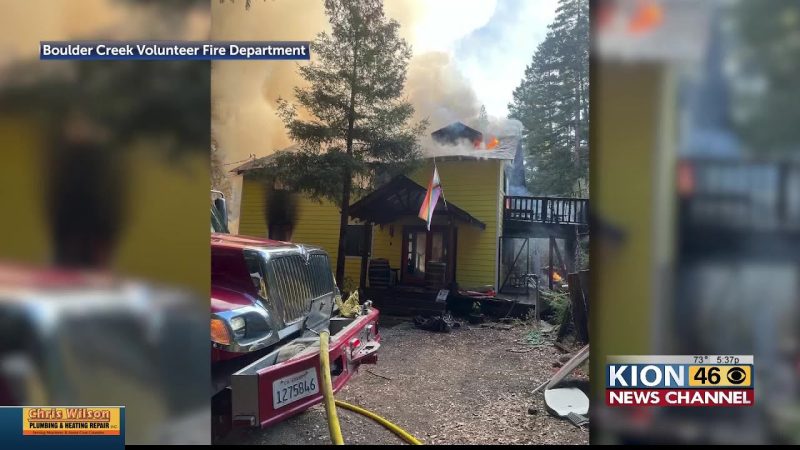Unveiling the Majestic Heights: The Enigma of Mount Everest’s Country

Nestled amidst the colossal peaks of the Himalayas, Mount Everest stands as a testament to nature’s awe-inspiring grandeur. Often revered as the roof of the world, this majestic mountain has captivated the imagination of adventurers, explorers, and nature enthusiasts for centuries. However, a common question that echoes among curious minds is: In which country does Mount Everest reside? Let’s embark on a journey to unravel the geographical mysteries surrounding this iconic peak.
The Panorama of the Himalayas:
To comprehend the geographical location of Mount Everest, one must first delve into the geography of the Himalayan mountain range. The Himalayas, often referred to as the abode of snow, stretch across five countries in South Asia: India, Nepal, Bhutan, China, and Pakistan. This vast mountainous region is home to some of the world’s highest peaks, including the mighty Mount Everest.
The Dominant Presence of Mount Everest:
Mount Everest, known as Sagarmatha in Nepal and Chomolungma in Tibet, boasts the title of the world’s highest peak, standing proudly at an elevation of 29,032 feet (8,848 meters) above sea level. The sheer magnitude of Everest’s height poses a challenge for it to be confined within the borders of a single nation. Consequently, Mount Everest straddles the boundary between two countries: Nepal and China (Tibet).
Nepal: The Southern Gateway to Everest’s Majesty:
The southern face of Mount Everest lies within the borders of Nepal, making it an integral part of the Sagarmatha National Park. The trek to Everest Base Camp, a pilgrimage for mountaineers and adventure seekers, originates from the Nepalese side. The bustling town of Lukla serves as the gateway to this challenging ascent, with its airstrip acting as the starting point for many treks.
Nepal has played a pivotal role in Mount Everest’s mountaineering history. The first successful ascent to the summit was achieved by Sir Edmund Hillary of New Zealand and Tenzing Norgay, a Sherpa of Nepal, on May 29, 1953. Since then, Nepal has remained a hub for climbers from around the globe, with the iconic Khumbu Icefall and Hillary Step becoming synonymous with the challenges of conquering Everest.
China (Tibet): The Northern Front of Everest’s Majesty:
The northern face of Mount Everest lies within the autonomous region of Tibet, under the jurisdiction of the People’s Republic of China. The Tibetan approach to Everest presents a distinct perspective, with the base camp located on the Tibetan Plateau. The north side offers a more technical climb, demanding different skills and techniques compared to the southern route.
The Tibetan side of Everest has its own allure, marked by the Rongbuk Monastery, one of the highest monasteries in the world. The monastery provides a spiritual backdrop to the arduous journey of those attempting to reach the summit from the northern side. While the Chinese government regulates access to Everest from Tibet, the allure of conquering this formidable peak continues to attract adventurers from diverse cultural backgrounds.
International Collaboration and Conservation:
The transboundary nature of Mount Everest has led to collaborative efforts between Nepal and China in managing and preserving this natural wonder. International mountaineering expeditions often involve cooperation between authorities from both sides, ensuring the safety and sustainability of the mountain environment.
In recent years, concerns about environmental impact and waste on Everest have prompted initiatives to clean up the mountain. Both Nepal and China have taken steps to regulate climbing permits, manage waste disposal, and promote responsible tourism to safeguard the fragile ecosystem of the Himalayas.
Conclusion:
Mount Everest, with its imposing stature and breathtaking vistas, transcends political boundaries and stands as a symbol of nature’s magnificence. Shared between Nepal and China, this majestic peak has beckoned adventurers and explorers from all corners of the globe. The collaborative efforts of both nations in managing and preserving Everest underscore the importance of international cooperation in safeguarding our planet’s natural wonders. As we gaze upon the towering heights of Mount Everest, let us appreciate the harmonious blend of cultures and landscapes that converge at the roof of the world.
Q1: In which country is Mount Everest located?
A1: Mount Everest is located on the border between Nepal and China (Tibet). The mountain’s southern face lies within Nepal, while its northern face is situated in the autonomous region of Tibet, under the jurisdiction of China.
Q2: How high is Mount Everest?
A2: Mount Everest is the world’s highest peak, standing at an elevation of 29,032 feet (8,848 meters) above sea level.
Q3: What is the Nepalese name for Mount Everest?
A3: In Nepal, Mount Everest is known as Sagarmatha. The name “Sagarmatha” translates to “Forehead of the Sky” in the Nepali language.
Q4: What is the Tibetan name for Mount Everest?
A4: In Tibet, Mount Everest is referred to as Chomolungma. The name “Chomolungma” translates to “Goddess Mother of the World” in Tibetan.
Q5: When was the first successful ascent of Mount Everest, and who were the climbers?
A5: The first successful ascent of Mount Everest was achieved on May 29, 1953, by Sir Edmund Hillary of New Zealand and Tenzing Norgay, a Sherpa of Nepal.
Q6: How do climbers access Mount Everest from the Nepalese side?
A6: Climbers typically access Mount Everest from the Nepalese side by flying into Lukla and trekking through the Khumbu region. The trek to Everest Base Camp serves as the starting point for those attempting to summit the peak.
Q7: What is the base camp on the Tibetan side of Mount Everest called?
A7: The base camp on the Tibetan side of Mount Everest is known as the Everest Base Camp (North Base Camp).
Q8: Are there any restrictions or regulations for climbing Mount Everest?
A8: Both Nepal and China have regulations and restrictions for climbing Mount Everest. Climbers need to obtain permits, and there are guidelines in place to manage waste disposal and ensure responsible tourism practices.
Q9: What is the Rongbuk Monastery, and where is it located in relation to Mount Everest?
A9: The Rongbuk Monastery is one of the highest monasteries in the world, situated in Tibet. It is located near the northern face of Mount Everest and provides a spiritual backdrop for climbers approaching the peak from the Tibetan side.
Q10: How have Nepal and China collaborated in managing Mount Everest?
A10: Nepal and China have engaged in collaborative efforts to manage and preserve Mount Everest. This includes regulating climbing permits, implementing waste management strategies, and promoting responsible tourism to minimize the environmental impact on the mountain.





